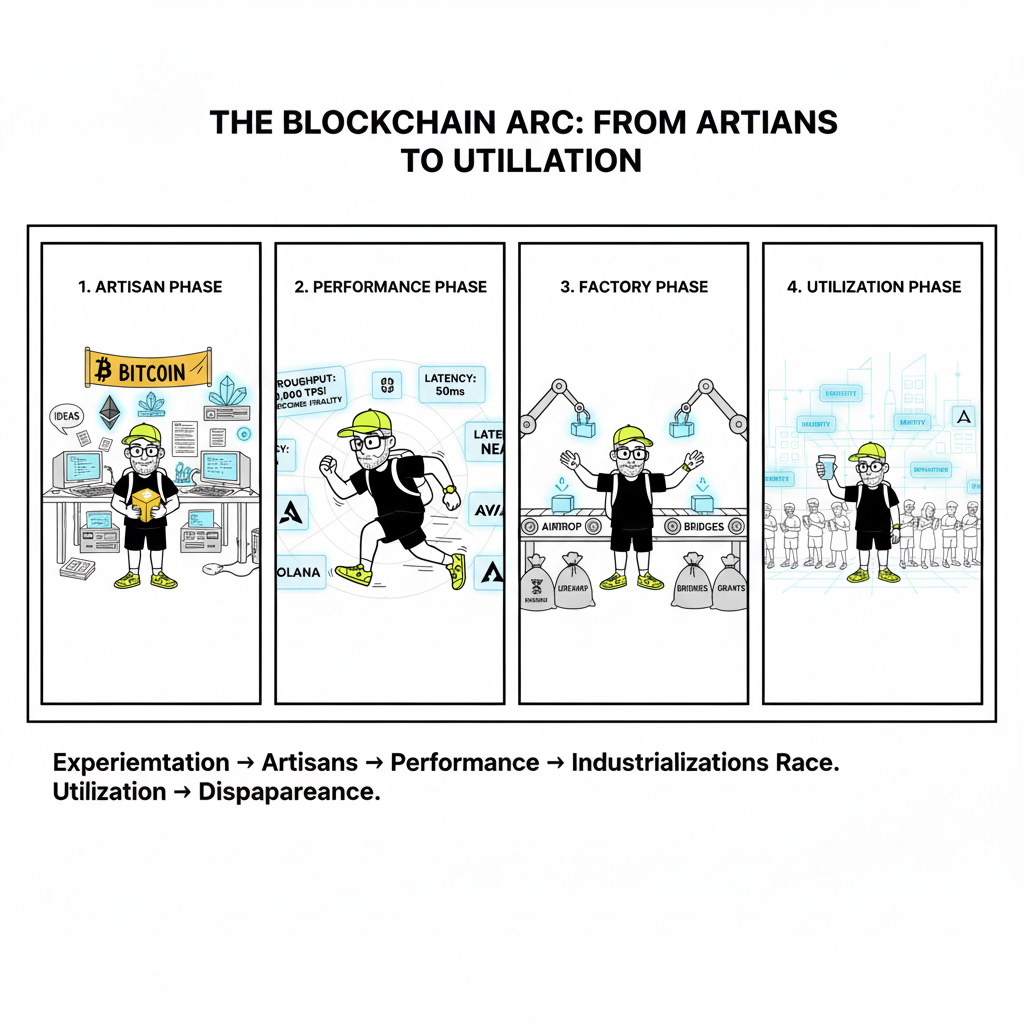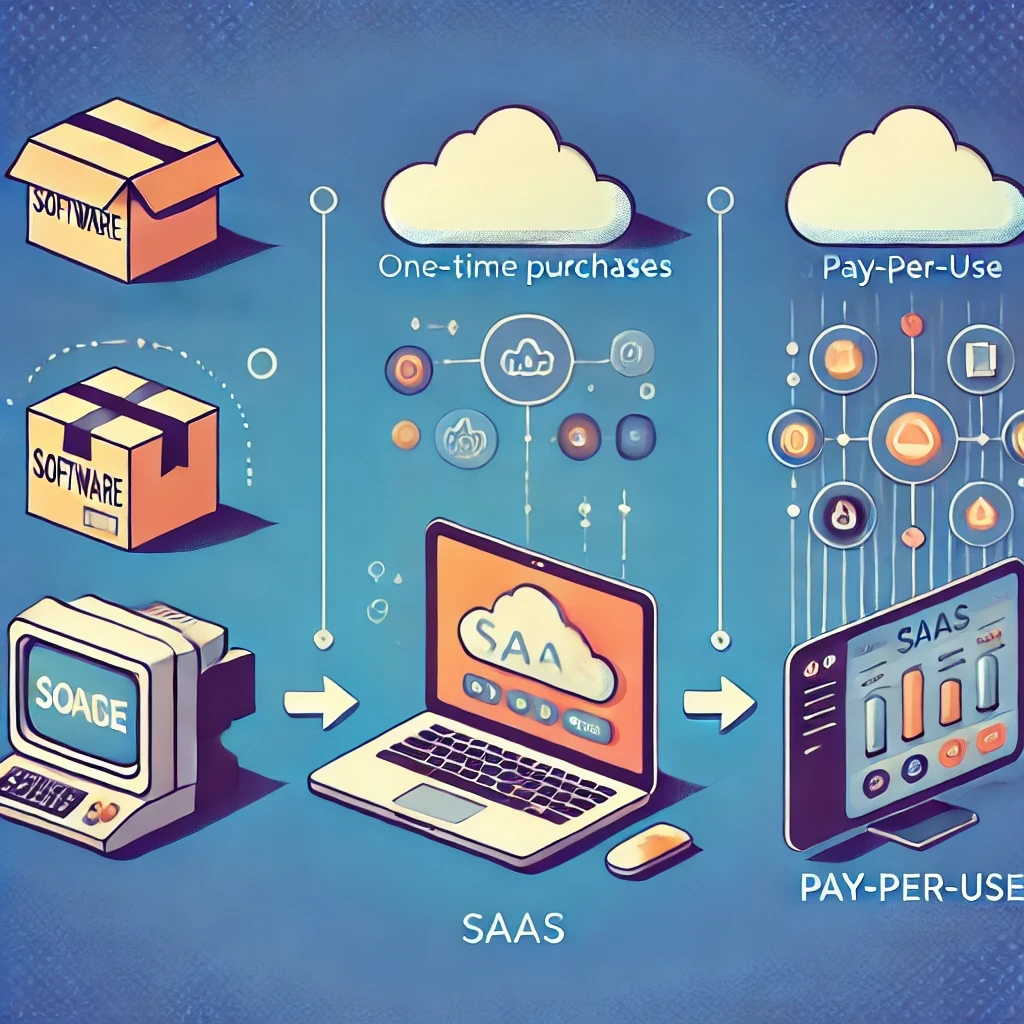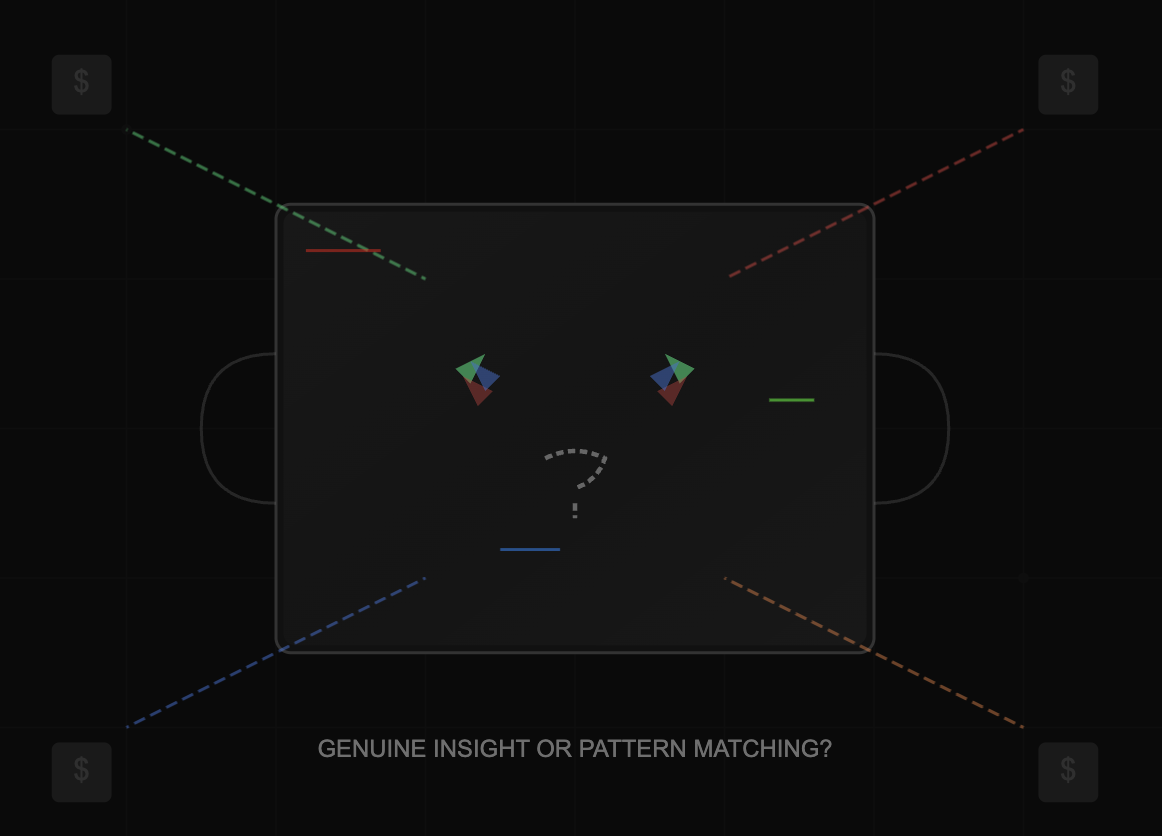I still remember one of the first Ethereum meetups I ever attended.
It was in Hong Kong, more than a decade ago. A dozen of us crowded into a small room, the air thick with curiosity and excitement. Nobody was there for money. Nobody was talking about valuations or market caps. It was just ideas, experiments, and the feeling that we might be stumbling into something that mattered.
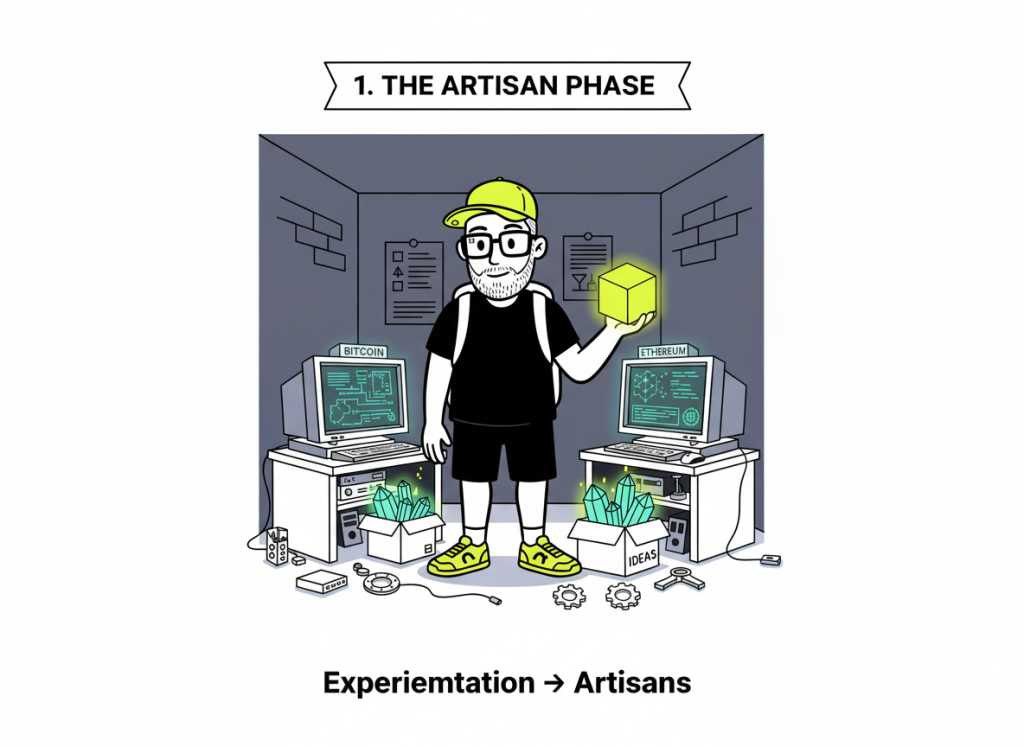
Looking back, that moment feels like the purest expression of what I now think of as the artisan phase of crypto. Chains weren’t products. They weren’t ecosystems. They were hand-built experiments — fragile, messy, alive.
From Artisans to Performance
Bitcoin was rebellion. Ethereum was ambition.
The early Alt-L1s pitched ideology — more decentralized, more democratic, more pure.
But I watched that story shift. Experiments don’t scale. And by 2017–2018, performance became the headline.
Throughput. TPS. Finality.
Conversations turned from ideals to engineering metrics.
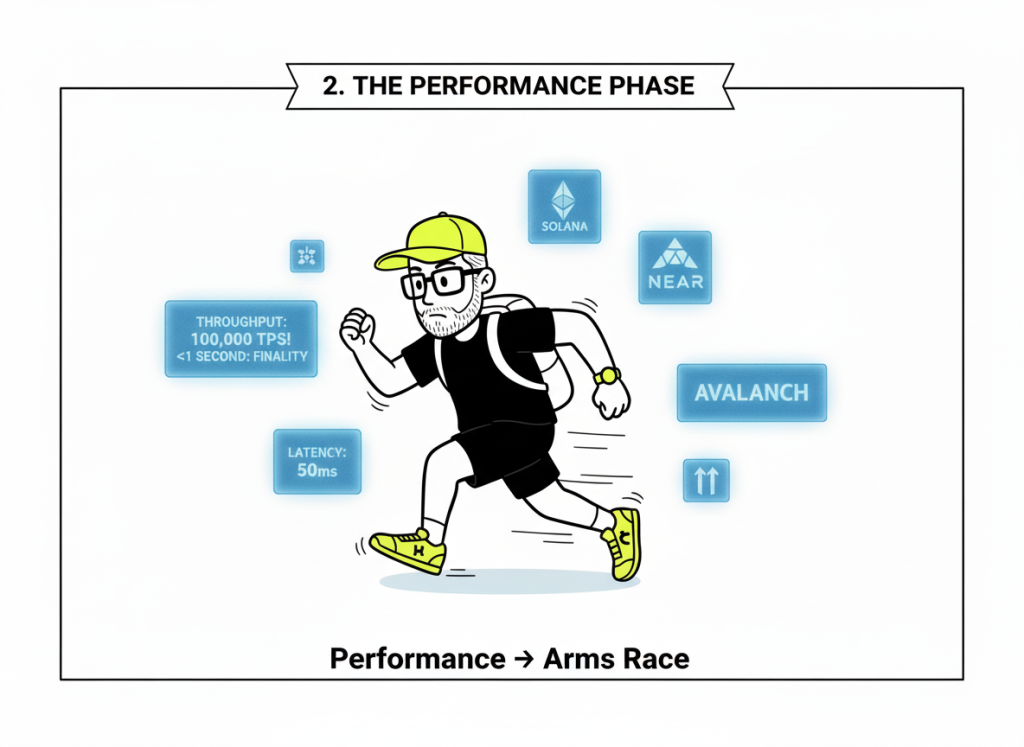
I remember sitting in conference halls as projects like Solana, Avalanche, and Near laid out charts of speed, latency, and block times. The language was different. The energy was different. The narrative was no longer about belief — it was about performance.
And around those projects, I saw the first outlines of factories. Bridges to move liquidity. DEXs and marketplaces to give tokens purpose. Staking platforms to stabilize networks. And, maybe most importantly, the foundations, grants, and VC programs that started to standardize how ecosystems were built.
This wasn’t about communities growing organically anymore. It was about assembling ecosystems piece by piece, almost like an industrial belt tightening around the market.
The Factory Phase
Over the years, I’ve watched that process fully industrialize.
- Rollup kits that make spinning up a chain a weekend project.
- Incentive machines churning out airdrops and liquidity on schedule.
- Ecosystem growth following a predictable formula: raise, distribute, accelerate, repeat.
- And on top of it all, the global roadshow: hubs in every major city, booths at every conference, the constant show-and-tell of inevitability.
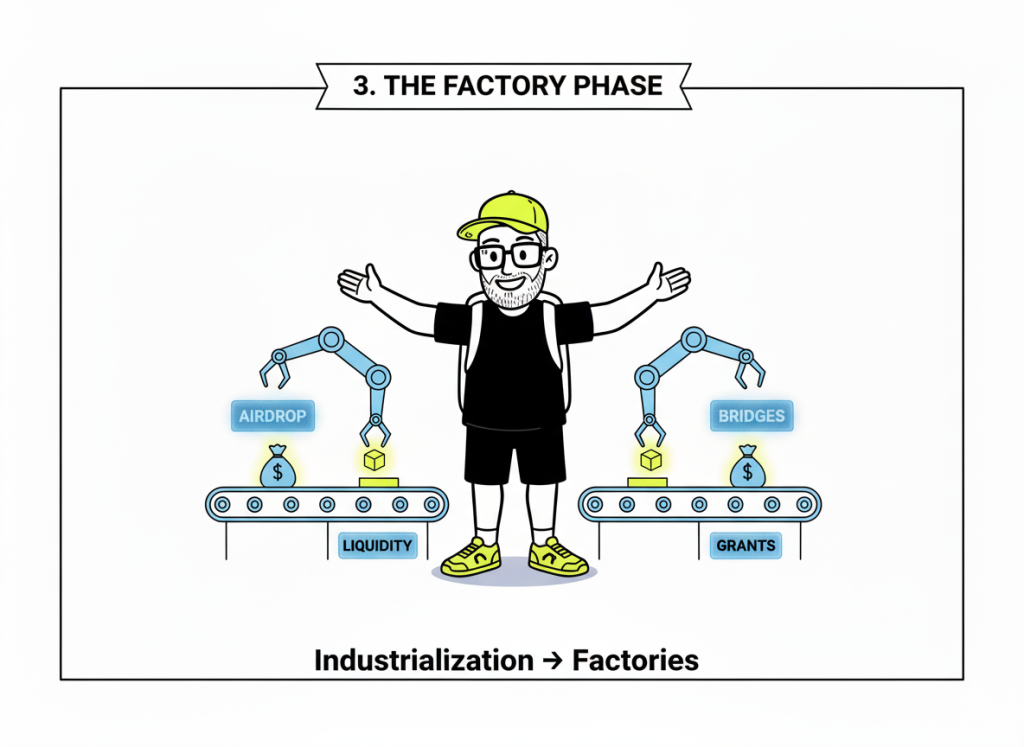
I’ve walked those expo halls. I’ve seen ecosystems marketed like finished consumer products, with perfect branding and scripted pitches. And in those moments, it’s obvious: chains aren’t fragile workshops anymore. They’ve become factories. Factories of blockspace. Factories of ecosystems. Factories of attention.
What Comes After Factories
But factories have never been the end state.
Nobody brags about the power grid. Nobody cares which pipe delivered their shower water. Infrastructure industrializes — and then it disappears.
That’s the next phase I see: utilization.
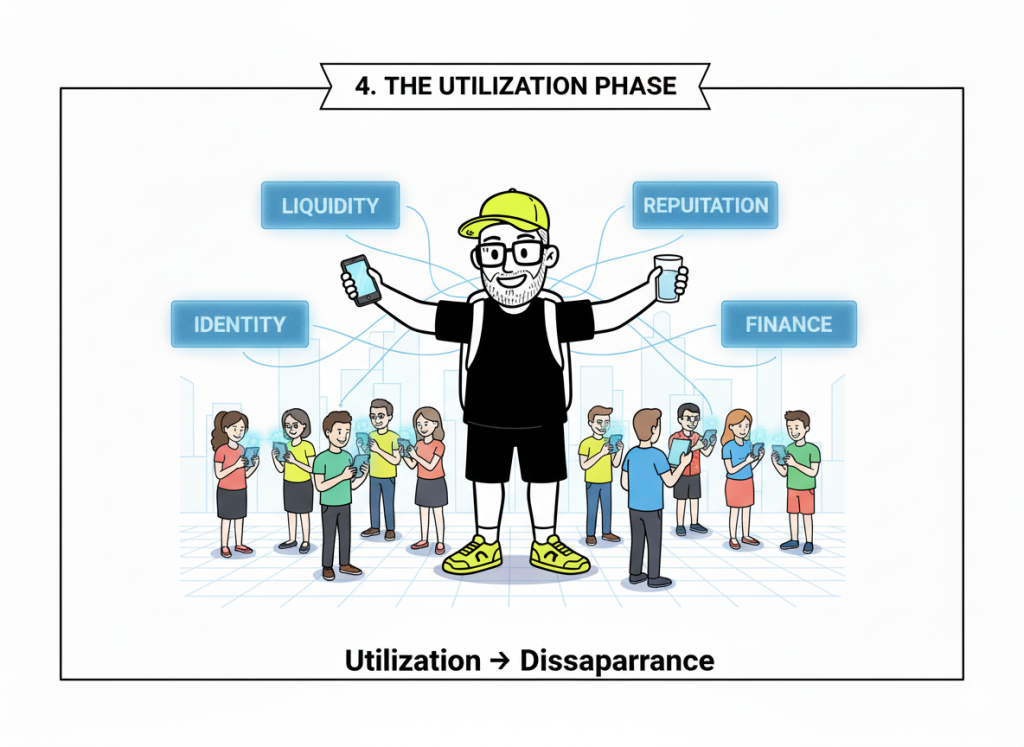
Chains fade into utilities. Uptime, compliance, and resilience matter more than ideology or TPS. Apps abstract away the rails. Users don’t ask whether they’re on Solana or Ethereum. They just want their app to work.
Liquidity, stablecoins, and identity flow like electricity — ambient, invisible, always there. And the stories shift upward: memes, games, culture, finance, ESG, identity. That’s what people see. The chain itself dissolves into plumbing.
Factories built the supply. Utilization makes them vanish.
Why This Matters
After ten years in this market, I’ve stopped being distracted by the surface noise of “new chains” or “new architectures.” The story doesn’t live there.
The real story is the arc:
- Experimentation → artisans.
- Performance → arms race.
- Industrialization → factories.
- Utilization → disappearance.
For builders, this means the pitch isn’t speed anymore — it’s invisibility. Your app just works.
For investors, upside isn’t in tokens chasing throughput — it’s in applications that actually harness the infrastructure.
For users, the chain is irrelevant. The value lives in what runs on top.
That’s what I’ve seen unfold since that cramped room in Hong Kong.
A Personal Closing
And it’s why I’ve chosen to build where I am now.
Not in the chain wars. Not in the throughput races.
But in the layers of application and service that people actually use: , Fortuna on the custody and institutional access front.
Because the lesson of the last decade is simple:
Chains matter less than what they enable.
Nobody cares about blockspace.
They care about the experiences, the markets, the cultures, the systems that run on top of it.
The market doesn’t change. It industrializes.
And then it dissolves into utilization.
That’s the story I’ve seen. And it’s the story I’m betting the next decade on.
